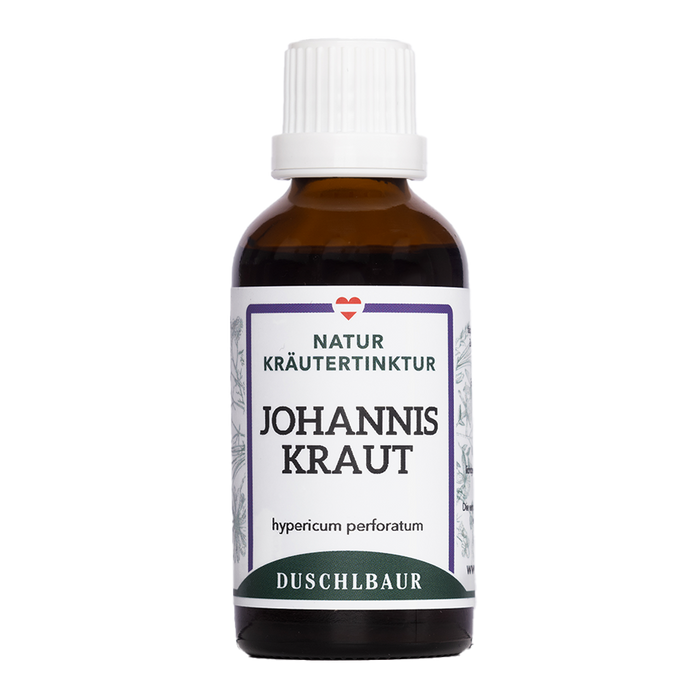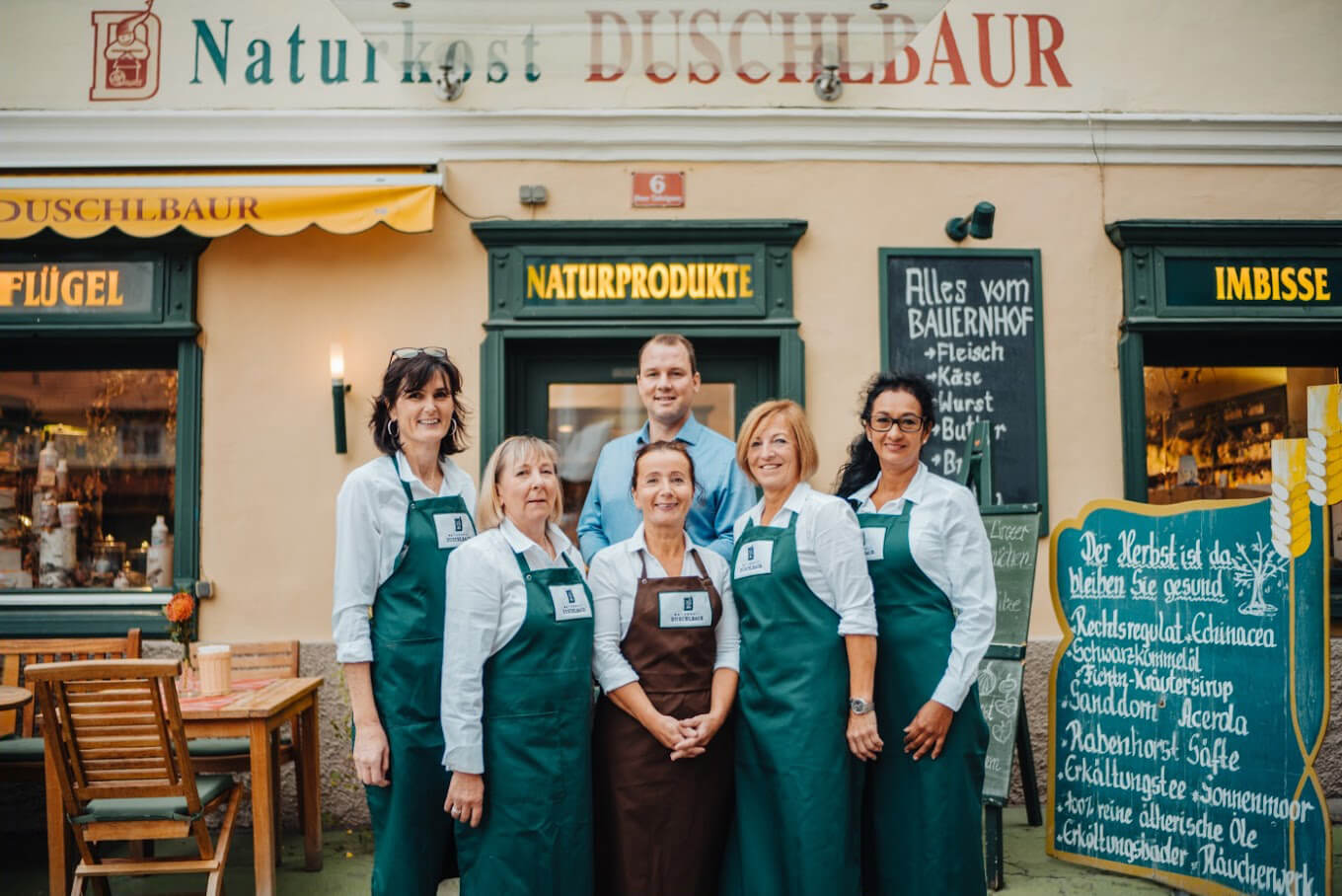The natural ingredients of theSt. John's Wort Tincture Dropsare: water, alcohol, St. John's wort.
To produce these very valuable drops we use the herb with flowers.
St. John's wort blooms around the summer solstice in June. Its bright yellow flowers smile at us from roadsides, embankments, and under sparse bushes. During the summer—the brightest time of the year—St. John's wort captures the light and stores it in its oil glands as red oil. The strong connection between St. John's wort and light is evident in folk mythology: farmers hung St. John's wort in the stable to protect their livestock from demons. This protection wasn't only extended to animals: a wreath of St. John's wort was thrown onto the roof to ward off lightning strikes, St. John's wort was burned in the oven to ward off thunderstorms, and St. John's wort was hung in windows to ward off evil spirits.
St. John's wort is native almost everywhere in the world. It only fails to thrive in deserts and arctic regions.
Since ancient times, scholars such as Dioscorides, Pliny the Second, and Galen have valued St. John's wort. In the Middle Ages, Paracelsus devoted himself extensively to this plant.
All St. John's wort species are perennial, highly durable, herbaceous plants that can grow up to one meter tall. Its roots extend up to 60 cm into the soil. St. John's wort leaves feature striking dark spots. These store the essential oils of St. John's wort. If crushed, your fingers will turn reddish. The St. John's wort plant blooms golden yellow in midsummer with many individual flowers arranged in a panicled umbel. St. John's wort flowers also contain oil glands. St. John's wort fruits are capsules up to 1 cm in size.







